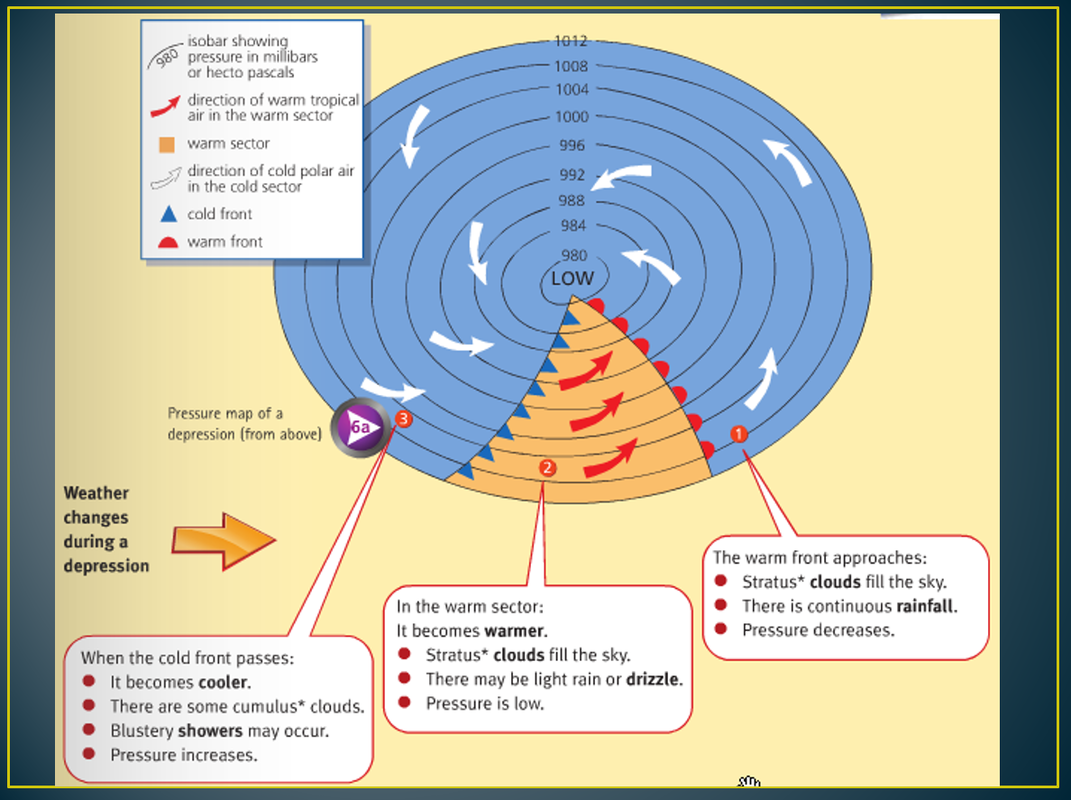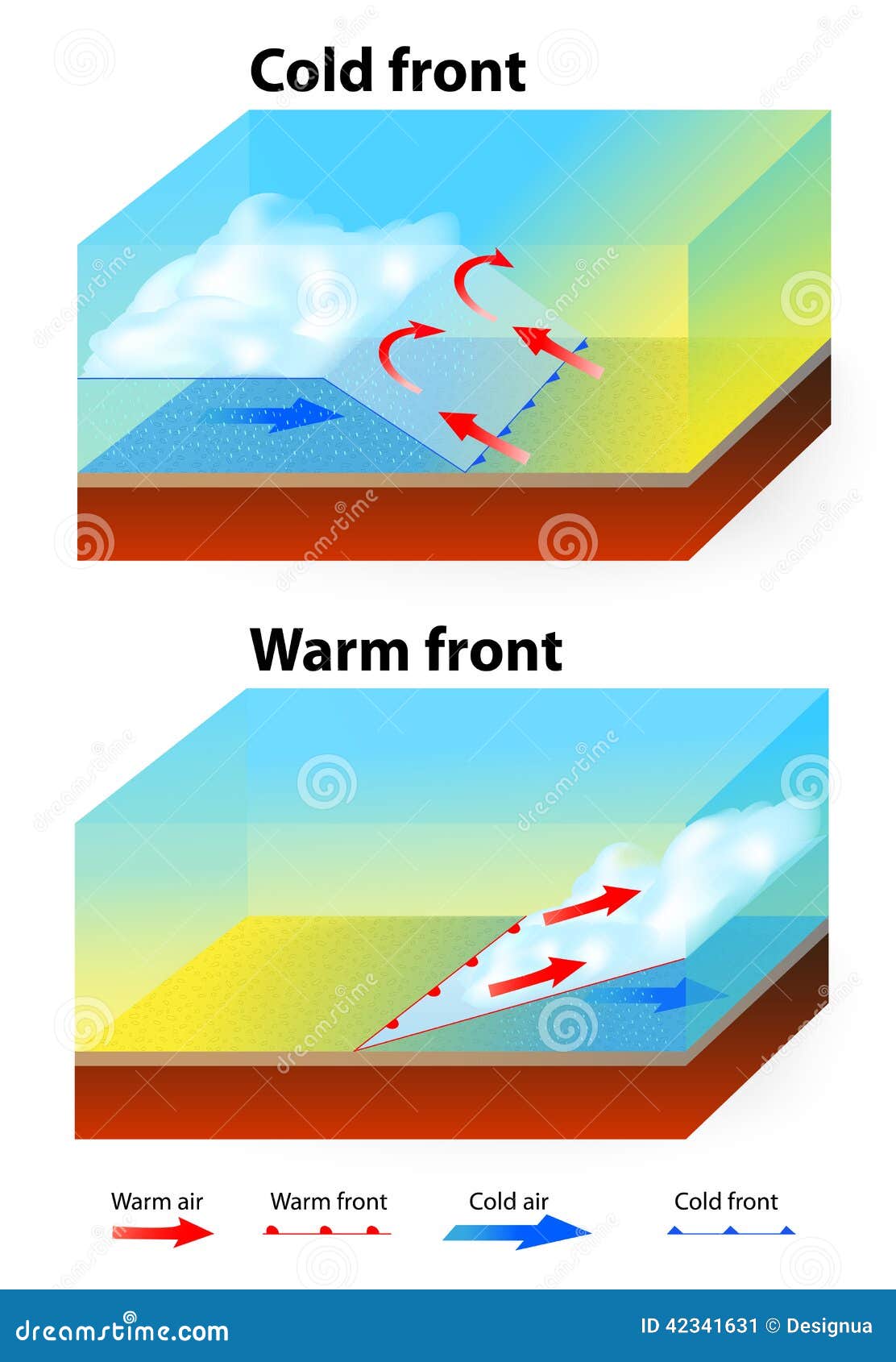

But if you'll be analyzing a weather map by hand, station plot data is often the only information you start off with. If a weather map has already been analyzed, you'll find little use for the station plot data. Sky cover (also as one of NOAA's symbols).As the warm air mass rises, it often condenses into a broad. Current weather (marked as one of dozens of symbols established by National Oceanic and Atmospheric Administration or NOAA) A cold front is the transition zone in the atmosphere where an advancing cold, dry stable air mass displaces a warm, moist unstable subtropical air mass. A Warm Front forms when a relatively moist, warm air mass slides up and over a cold air mass.A distribution of surface precipitation types is. In facsimile, rounded symbols (like heat boils) are used to denote the warm fronts. The cold air is ahead of the surface front and the warm air is behind it. On a weather map, red line denotes warm front. In other words, the dew point increases with FROPA. Air behind the warm front typically is more moist (in terms of an absolute measure of moisture) than air ahead of the warm front. A moisture discontinuity exists across the frontal surface. A warm front if exists on a weather map, it will be to the NE of a cold front and often, to the East of a surface low-pressure area. The surface front is located on the warm side of the transition zone. Dewpoint temperature (degrees Fahrenheit) A warm front is the transition zone in the atmosphere where an advancing warm subtropical, moist air mass replaces a retreating cold, dry polar air mass. Behind the warm front, the skies are relatively clear.Air temperature (in degrees Fahrenheit).They include reports of a variety of weather data at that location: 4 hours ago &0183 &32 From the 60s this morning to the upper 80s this afternoon. Station plots describe the weather at a station location. (When reading the chart, note whether the time of year is daylight saving time or standard time and read accordingly.)Īs seen here, some surface weather maps include groupings of numbers and symbols known as weather station plots. If you're in California (which is Pacific Coastal Time) and the UTC issue time is "1345Z" (or 1:45 p.m.), then you know that the map was constructed at 5:45 a.m.

If you're new to Z time, using a conversion chart (like the one shown above) will help you easily convert between it and your local time.

Known as Zulu or Z time, this figure is included on a weather map so that all meteorological weather observations (taken at different locations and therefore, in different time zones) can be reported at the same standardized times no matter what the local time might be. One type of air is usually denser than the other, with different temperatures and different levels of humidity. It tells you when the weather map was created and also the time when the weather data in the map is valid. A front is a weather system that is the boundary separating two different types of air. One of the first coded pieces of data you might notice on a weather map is a 4-digit number followed by the letters "Z" or "UTC." Usually found at the map's top or bottom corner, this string of numbers and letters is a timestamp.


 0 kommentar(er)
0 kommentar(er)
